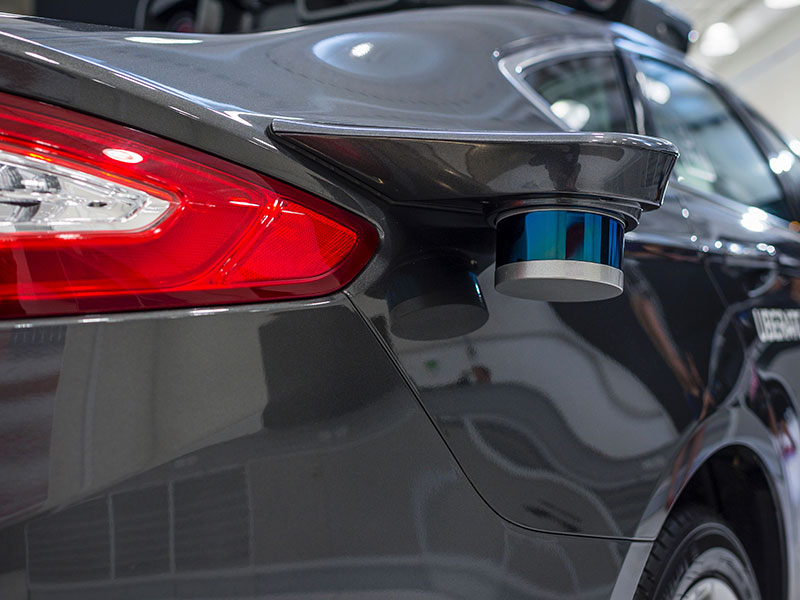Uber death could cause backlash for the autonomous vehicle industry
Elaine Herzberg’s death, the first involving a pedestrian and a self-driving car, represents a watershed moment for autonomous vehicle technology

It is highly likely that regulators and autonomous technology providers will be forced to rethink their plans following the fatal collision involving an autonomous Uber vehicle and pedestrian Elaine Herzberg
The fatal collision involving an autonomous Uber vehicle and pedestrian Elaine Herzberg in Tempe, Arizona, will surely have profound implications for self-driving technology all over the world. Although it’s not the first accident involving a driverless car, it’s certainly the most high profile, and will prompt regulators – as well as members of the public – to reconsider the reliability and safety of autonomous vehicles.
According to preliminary investigations, the incident in Arizona would have been difficult to avoid even if the vehicle was being driven manually. Certainly, the safety driver, who was behind the wheel at the time of the collision, was unable to react in time. Initial reports indicate Uber is unlikely to be at fault, but such details will not placate detractors of self-driving technology. The fact remains that an autonomous vehicle has caused the death of a pedestrian for the first time.
There is a feeling that private businesses are pushing ahead with public testing ahead of time because self-driving technology could prove incredibly lucrative
It is highly likely that regulators and autonomous technology providers will be forced to rethink their plans. Although self-driving cars are already on the roads in many parts of the US, China, Japan, Germany and in many other countries, governments may subject future self-driving proposals to closer scrutiny. The state of California recently approved the public testing of autonomous cars without safety drivers behind the wheel, with trials expected to begin as early as next month. Recent events make the plausibility of such a schedule highly questionable.
There is a feeling that private businesses are pushing ahead with public testing ahead of time because self-driving technology could prove incredibly lucrative. Traditional automobile firms like Volkswagen and BMW are investing heavily in the field, while the public transport and taxi industries would do well to prepare for the huge disruption coming their way. In the case of Uber, autonomous vehicles might actually be needed in order to transform their loss-making operation into a profitable one.
Aside from raising the regulatory barrier, the recent tragedy also damages the perception of self-driving cars in the eyes of the public. A survey issued last year by the American Automobile Association found that three-quarters of US drivers were afraid of riding in an autonomous vehicle. This figure would, no doubt, be higher now.
The incident involving the Uber vehicle and Ms Herzberg reminds us that innovation is fraught with pitfalls. For autonomous vehicle manufacturers, it should serve as a wake-up call; a reminder that AI remains in its early stages and cannot be unleashed on public roads before it is ready.
Although taking things slowly is difficult in what is becoming an increasingly competitive space, the alternative is far worse. Doing too much, too soon, not only risks a repeat of the tragedy that took place in Tempe, but could also create a backlash that derails self-driving technology before it has had a chance to fully mature.













